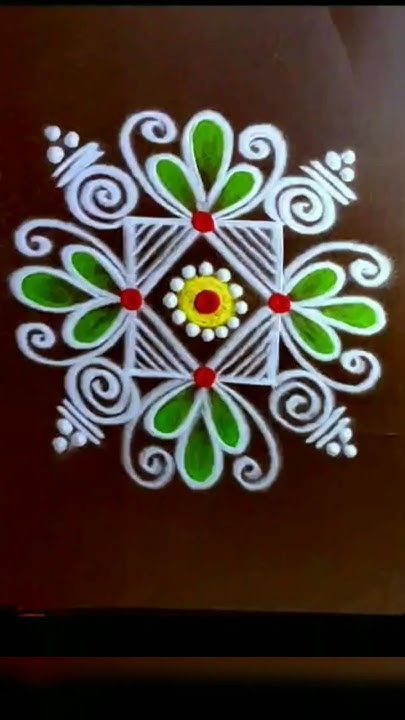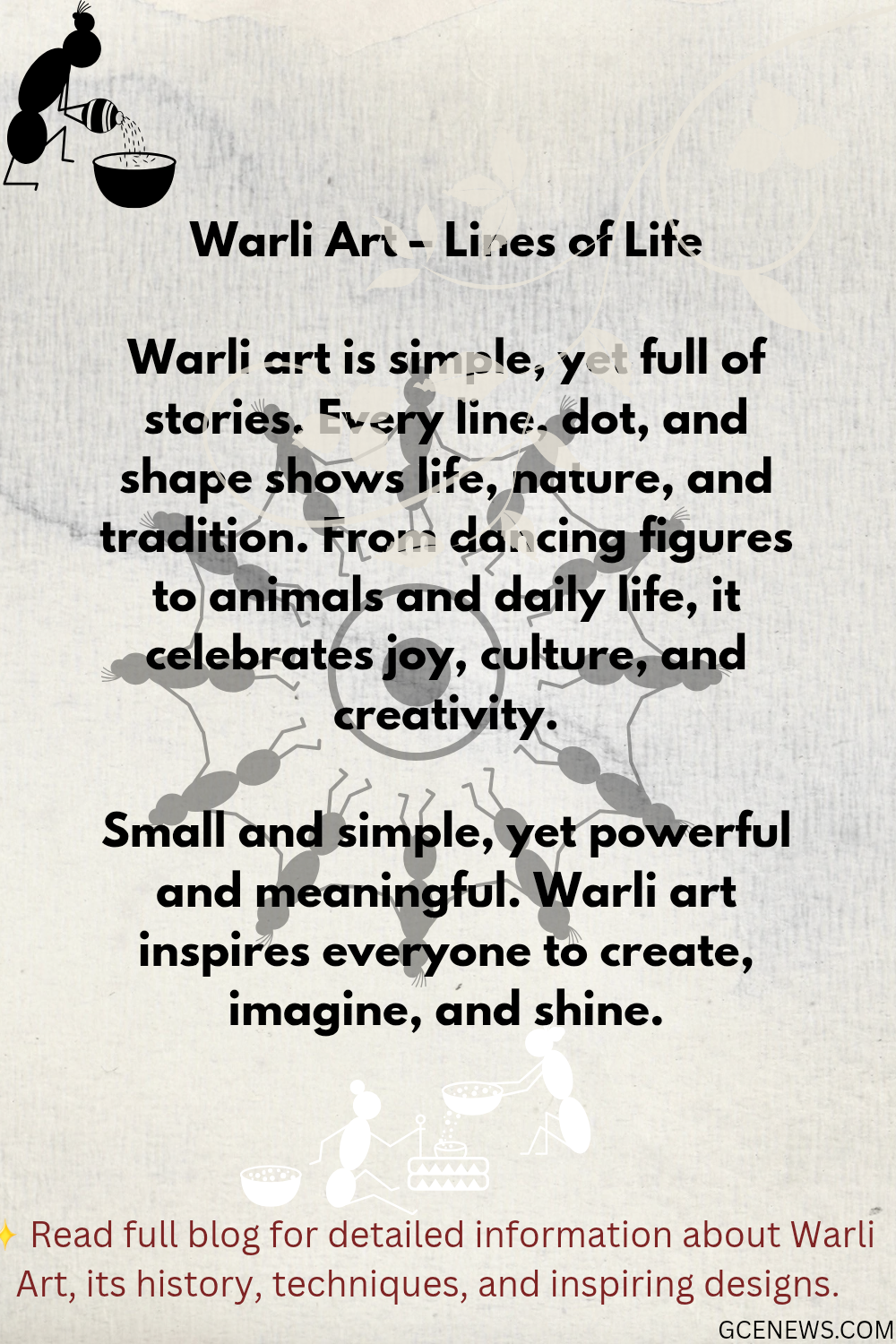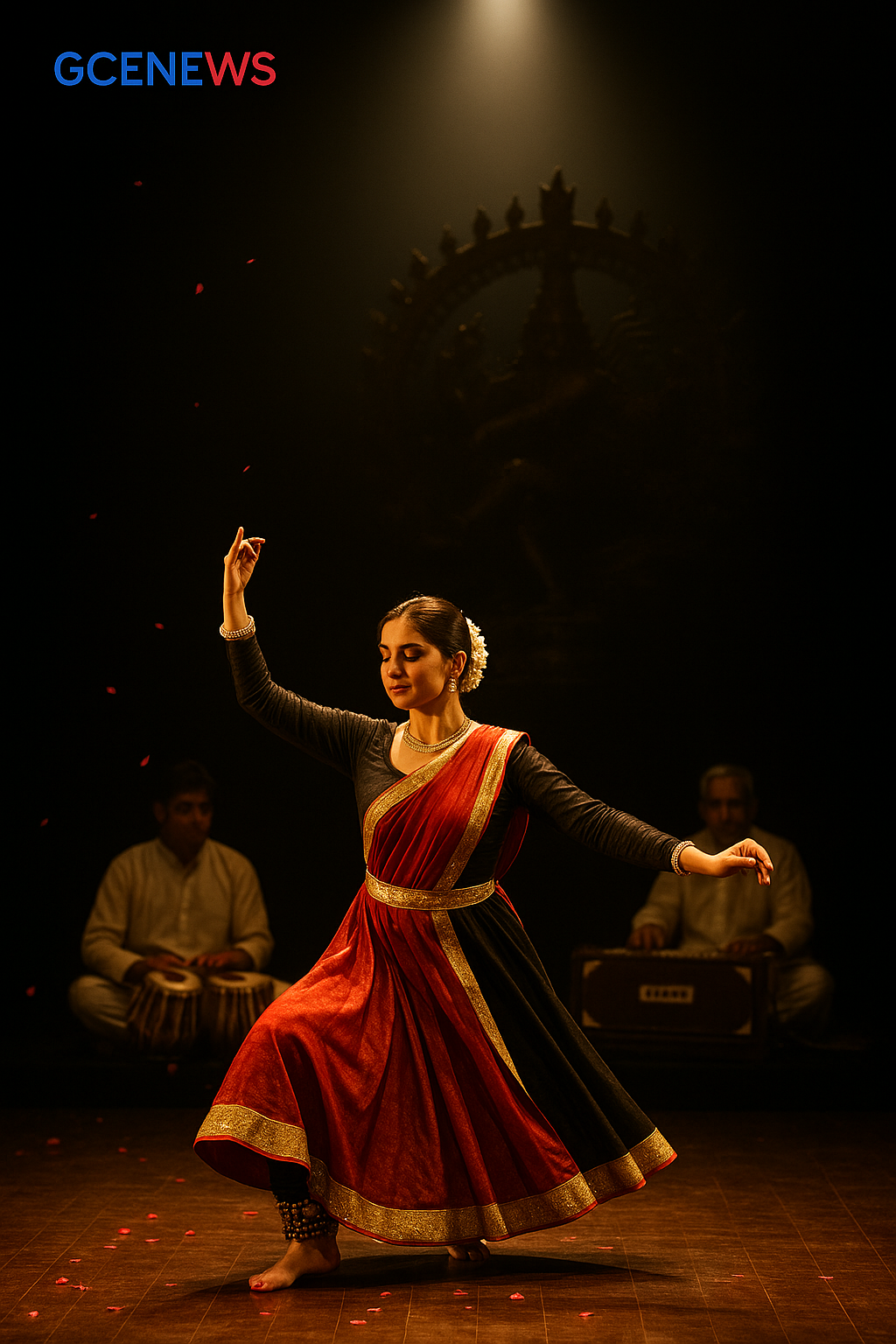Episode 2 of rangoli series

🎨 Episode 2: Rangoli Across India – Styles That Speak Through Soil
Hi guys! I’m your writer and well-wisher, and welcome back to Episode 2 of our colorful journey into Rangoli. In Episode 1, we explored the cultural roots and significance of Rangoli in Indian traditions. Today, we travel across India to see how Rangoli changes from state to state — in name, in style, and in spirit. Let’s take this visual tour of India’s most soulful art form. 🪔🌸
🏵️ 1. Alpana (West Bengal)
• Material Used: Rice paste and water
• Designs: Circular floral patterns, dots, and lines
• Occasions: Lakshmi Puja, weddings
• Special Feature: Made with fingers, not tools
🌾 Symbol of prosperity and welcome, often drawn outside the main door.
🌼 2. Kolam (Tamil Nadu)
• Material Used: Dry white rice flour
• Designs: Geometrical, symmetrical dots and lines
• Occasions: Daily ritual, especially early morning
• Special Feature: Drawn every day before sunrise by women
✨ A prayer to maintain harmony, health, and peace in the household.
🐚 3. Mandana (Rajasthan & Madhya Pradesh)
• Material Used: Chalk, lime, or red ochre mixed with cow dung
• Designs: Folk patterns, animals, human figures, and temples
• Occasions: Diwali, marriages, village rituals
• Special Feature: Done on walls and floors both
🌺 A rustic art that connects rural homes with spiritual energy.
🕊️ 4. Chowk Purana (Uttar Pradesh & Bihar)
• Material Used: Grounded rice paste or wheat flour
• Designs: Large square patterns with dots and peacocks
• Occasions: Karva Chauth, Ahoi Ashtami, and local festivals
• Special Feature: Made by married women to pray for family well-being
🪷 A devotion-filled art form passed down from mothers to daughters.
🌈 5. Muggu (Andhra Pradesh & Telangana)
• Material Used: Chalk powder, white rangoli, or colored rice
• Designs: Intricate dot patterns, peacocks, floral themes
• Occasions: Sankranti, Pongal
• Special Feature: Highly mathematical — dot grids are used
🌟 A celebration of both precision and devotion.
🌹 6. Aripana (Bihar)
• Material Used: Rice paste
• Designs: Sacred symbols, lotus, swastika
• Occasions: Ritualistic — especially in Maithil households
• Special Feature: Used in Vedic and Tantric rituals
🙏 A sacred floor painting with deep spiritual meaning.
🌻 7. Rangoli (Maharashtra & Karnataka)
• Material Used: Colored powders, turmeric, kumkum, rice flour
• Designs: Lotus, kalash, diyas, abstract floral shapes
• Occasions: Ganesh Chaturthi, Diwali, Gudi Padwa
• Special Feature: Bright, symmetrical, colorful designs
🌼 The most widely known style — vibrant and joyful.
💫 Final Thoughts
Rangoli is not just a pattern — it's a living tradition shaped by geography, culture, and faith. From the tribal villages of Madhya Pradesh to the temple homes of Tamil Nadu, every region tells its own story through this delicate art.
What binds them all? Faith, celebration, beauty, and the unspoken language of devotion.
Coming up in Episode 3: We’ll explore the materials and colors used in Rangoli, including natural dyes, eco-friendly powders, and creative DIY alternatives.
Until then — stay colorful, stay creative.
This is your writer and well-wisher, signing off.
Keep your doorstep sacred, and your soul vibrant. 🕊️🎨




